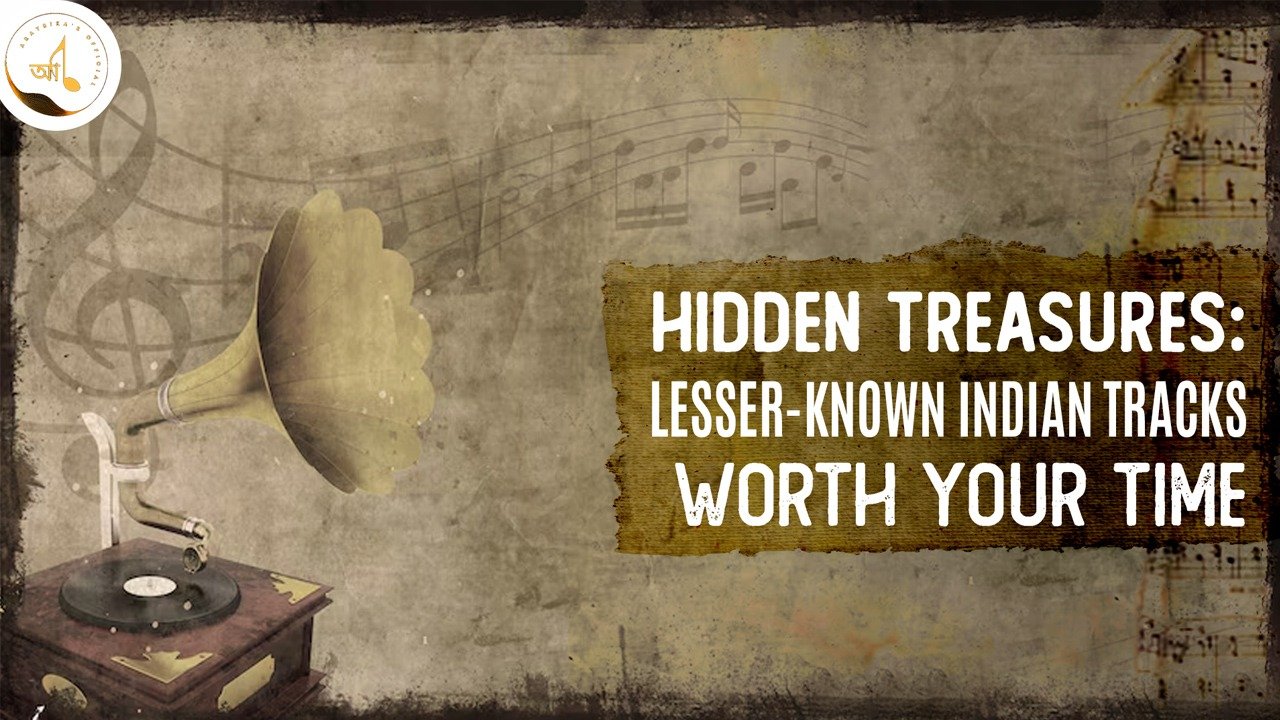Shape of Guitars
The shape of the Guitar From Prehistory Through the Middle Ages
The history of the guitar generally goes back to two instruments, the oud, and the lute, which predate written history. Many say that a man known as Lamech, who was Noah’s grandfather and the sixth grandson of Adam and Eve, designed the Arab precursor to the guitar. Lamech was inspired to design the shape of the instrument, known as an oud, after hanging the body of his dead son from a tree. The Moors brought the oud with them when they invaded Southern Spain in 711 AD.
Shape From the 15th Century to Present Day
The lute came in a variety of shapes and sizes but generally had a curved back. The instrument passed from the Egyptians to the Greeks and then onto the Romans, who took it to Europe. The first ancient pictorial record of a lute-like stringed instrument first appeared in 3500 to 3200 BCE in Southern Mesopotamia – Iraq, which is now Nasiriyah City. The image depicts a female crouching on a boat; the position of her hands on the instrument indicates she is playing an instrument.
Long- and short-necked varieties of lutes continued to appear in pictorial records throughout Mesopotamian and Egyptian history. Metropolitan Museums of New York, Philadelphia, Cleveland, and the British Museum display many examples of these pictorial records on clay tablets and papyrus paper.
The lute had evolved significantly by the end of the Renaissance – many lutes had up to 20 or 30 strings – but the lute-like shape of the instrument was fading in popularity. By the 15th and 16th centuries, musicians in Spain began to favor instruments featuring the familiar curved shape we now associate with guitars. These guitars, known as Baroque guitars, effectively replaced the lute as the goto-stringed instrument for musicians from about 1600 to 1750. Further refinements, such as five courses of gut strings and moveable frets, made these instruments easier to play.
The vihuela, which has incurving sides that give its body an hourglass shape, became popular in Spain, Portugal, and Italy during that time too. Mariachi groups still use a version of the vihuela today
The evolution of Spanish guitars settled by the 1790s; they had the standard body type and six courses of strings that resemble the modern guitar but were smaller. Spanish musician and guitar maker Antonio de Torres Jurado changed all that in the mid-1800s when he created the style of guitar that gave rise to all guitars to follow. Many people consider him “one of the single most important inventors in the history of the guitar.” His guitars featured a broadened body, thinned belly, and increased curve at the waist. He also replaced wooden tuning pegs with machined heads. His innovative approach to body design and fan bracing, which is a system of wooden struts inside the instrument, gave his classical guitars their distinctive, rich voice.
Influential Spanish guitarist Andres Segovia established Torres’ classic guitar as a concert instrument. The talented guitarist also penned complex musical compositions that we now identify as “classical guitar” music. At about this same time, Europeans brought a steel-stringed version of the Spanish instrument when they immigrated to America. There, the modern guitar took on a new shape and a new place in history, with the invention of the flat top, archtop, and modern electric guitar.







Nike鞋 耐吉 運動鞋 nike 官網 nike air force 1 nike dunk nike snkrs nike vomero 5 nike 鞋子 nike x sacai nike 倒 鉤 nike air nike dunk low nike 慢跑 鞋 nike官網dunk nike官網台灣 nike慢跑鞋 nike熱賣跑步鞋 nike阿甘鞋 阿甘鞋nike官網 阿甘nike nike阿甘鞋女 Nike Acg nike acg gore tex Nike ACG Mountain Fly 2 Nike Pegasus nike pegasus 39 nike pegasus 40 nike air zoom pegasus nike pegasus 38 air zoom pegasus Nike PG Nike PG x Play Station Nike Pg 2.5 Nike PG 6 EP Nike Air Huarache nike air huarache黑武士 nike air huarache runner nike air huarache ultra black red Nike Free nike free run nike free metcon nike free 5.0 Nike Free RN nike free rn 5.0 nike拖鞋 NIKE Jusr Doit Nike Calm Slide Benassi Nike Calm Mule nikeT恤 Nike T恤 經典短袖 nike褲子 Nike 運動 褲 nike球衣 Nike NBA球服套裝 Nike NBA V領 Nike NBA 湖人 V領 8號 Nike NBA球服套裝 24號 nike帽子 Nike 棒球帽 Nike 鸭舌帽 nike包包 Air Jordan手提挎包 Nike單肩包 Nike 腰包 Nike 後背包 Nike Air Force 空軍一號鞋子 Air Force聯名 Air Force熱銷 Air Force新款 Nike Air Force新款 Nike Air Force熱銷款 Nike Air Force經典款 nike air force 聯名 Air Force 1 07 nike air force 女 nike air force 1 shadow nike air force 男 Nike KD nike kd trey 3 Nike Kevin Durant Nike KD 17 Nike Book nike book 1 nike book 1台灣 Nike Kook 1 EP Nike Book 1 Devin Booker Nike Blazer nike sb blazer nike blazer low blazer nike nike blazer mid 77 nike blazer 77 nike blazer history sacai x nike blazer in black nike sb zoom low blazer nike tc 7900官網 TC 7900 nike tc 7900 Nike Air Max nike air max 90 nike air max 97 nike air max plus nike air max 270 nike air max 1 nike air max 1997 nike air max plus 3 nike air max男 nike air max女 Air Max 97 Air Max 270 Air Max 1 Air Max 2090 Nike Air vapormax Air Max 90 Nike Roshe Run nike roshe run hi sneakerboot nike roshe run black nike roshe run 銀 勾 nike 鞋 roshe run Roshe Run Nike Zoom nike zoom vomero 5 nike air zoom nike zoom x nike zoom vomero nike zoom跑鞋 Air Jordan air jordan 1 air jordan 1 low nike air jordan air jordan 4 Nike Air Jordan 1 High air jordan 1 low灰白 AJ11 AJ1 Nike Kobe Nike Book 1 Nike Kook 1 EP Nike Book 1 Devin Booker kobe 4 kobe 5 kobe 6 kobe 11 kobe 8 kobe 7 Nike Lebron nike lebron 3 qs nike lebron soldier 1 nike lebron 20 nike lebron 21 Nike Kyrie Kyrie 7 EP Nike Kyrie 4 EP Uncle Drew 4 Kyrie Irving 8 Nike Dunk nike dunk low nike dunk low灰白 nike sb dunk nike dunk low retro nike dunk sb nike sb dunk low nike dunk low熊貓 nike dunk low grey fog nike dunk 2025 Nike Court nike court vision女 nike court vision nike court legacy nike court borough low 2 nike court vision low nike court borough low nike court vision alta nike court royale court nike nike x sacai sacai x nike vaporwaffle Nike Vaporwaffle x sacai Sacai x Nike Cortez 4.0 NIKE SACAI nike sacai官網 nike sacai哪裡買 Sacai 電子菸 relx relx 電子菸價格 relx 電子菸台灣 電子菸主機 悅客電子菸 relx 煙彈口味推薦 relx 煙彈哪裡買 悅刻煙彈口味 relx 煙彈購買 relx 煙彈台灣 Nike LeBron 21 EP實戰評測:LBJ低幫革新與性能解析
Leave a reply